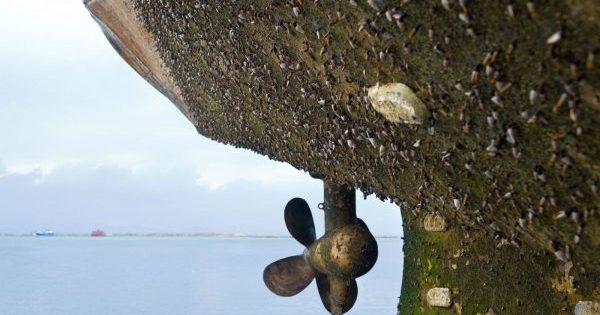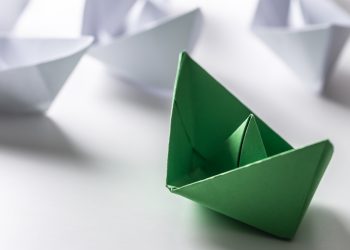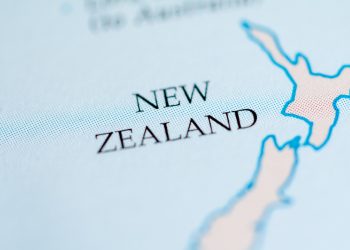The introduction of invasive aquatic species (IAS) associated with global shipping has been identified as a significant threat to the world’s oceans and coastal ecosystems. Research indicates that 70-80% of IAS introductions occur from biofouling and new areas are being invaded.
To understand biofouling, UK Club provided a definition. According to this, biofouling is an undesirable accumulation of various aquatic organisms (microorganisms, plants, algae and animals) on submerged structures like ships’ hulls.
The impacts that are caused from this, vary, and the can be summarized as following:
- Introduction of invasive aquatic species (IAS)
- Marine species can not only be carried in ship’s ballast water into new environments but also through biofouling
- Marine species establish a reproductive population in the host environment, becoming invasive, out-competing native species and multiplying into pest proportions
- Major threats to the world’s oceans and to the conservation of biodiversity
- The spread of IAS is one of the greatest threats to the ecological and the economic well-being of the planet
To address this issue, in 2011 IMO adopted Resolution MEPC.207(62) outlining the Guidelines for the Control and Management of Ships’ Biofouling to Minimize the Transfer of Invasive Aquatic Species.
These Guidelines are supplemented by the Guidance for minimizing the transfer of invasive aquatic species as biofouling (hull fouling) for recreational craft circulated as MEPC.1/ Circ.792.
Furthermore local governments including California, New Zealand and Australia have developed or are developing mandatory regulations which are more stringent than the IMO Guidelines.
Specifically, the measures that IMO has taken are described below:
- UNCLOS provides the global framework. It stipulates that states shall work together to prevent, reduce and control human caused pollution of the
marine environment, including the intentional or accidental introduction of harmful or alien species to a particular part of the marine environment - Adoption of the International Convention for the Control and Management of Ships’ BallastWater and Sediments, 2004 (BWM Convention) which entered into force on 8 September 2017
- Biofouling Guidelines were adopted by MEPC in 2011 and further supplemented by the Guidance for minimising the transfer of invasive aquatic species as biofouling (hull fouling) for recreational craft circulated as MEPC.1/Circ.792
If the above are implemented with the right way, the the benefits will come as well.
Namely, a proper anti-fouling system can improve a ship’s hydrodynamic performance and enhance the ship’s resistance.
Lastly, with the right anti-fouling measures, the environment will be benefited as well. By lowering the fuels cost, the energy efficiency of the vessel will increase, resulting in reduced emissions coming from the ship.
You can view the biofouling briefing by the UK Club below































































